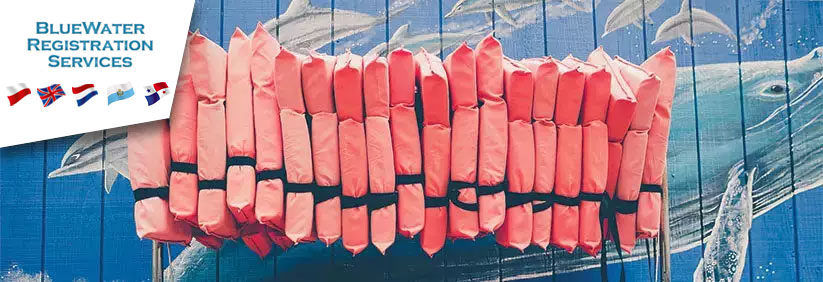
All about life jackets
It’s mandatory to keep life jackets for all your occupants on board, so to keep you and your guests and crew safe we will explain all about life jackets to you. In case you are wondering why they’re so important, how they work or what you need to know before buying them, keep reading.
The importance of life jackets
A life jacket can save your life by preventing you from drowning by keeping you afloat. Even though you might lose consciousness when for example rough winds or high winds get you into the water, your life jacket will keep you warm and with your face in an upward position. You might think that you are a fine swimmer, but anything can happen around the water and even excellent swimmers can drown, so it’s better to be safe than sorry. If you find yourself still skeptical about life jackets, we will list some facts for you:
- Of the 78% of people who died in boating accidents, 84% of them were not wearing life jackets
- Life jackets will keep your body temperature where it needs to be when you’re stuck in the water for a longer period of time waiting for help to arrive.
- Life jackets will keep your face towards the sky instead of towards the water
- Drowning is the top cause of visitor deaths in national parks, where you might find yourself on your yacht
So in order to keep everyone on board safe, it is important to have enough approved life jackets on board. That way you will be able to spend your sailing days worry-free.
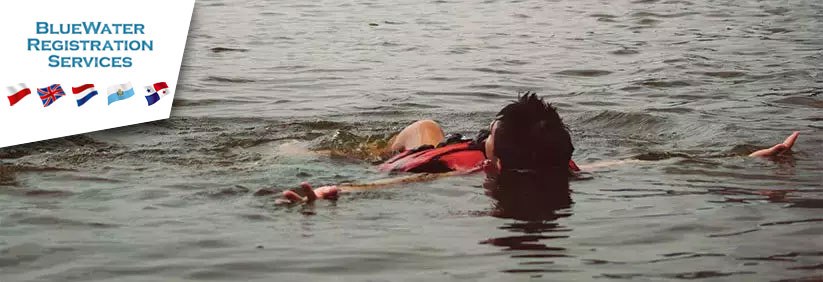
How does a life jacket work?
Now that you know that life jackets are really important to keep on your yacht, here is an explanation of how they work. Life jackets work on the principle of buoyancy, that means that the trapped air weighs considerably less than the weight of the water it displaces. So the water pushes up harder than the life jacket pushes down, allowing the life jacket to remain buoyant and float. This buoyancy is strong enough to hold up additional weight without sinking. However, it is possible to drown even wearing a life jacket. This is not very common and requires rough water conditions, extremely cold waters or strainers. So a life jacket does make surviving a boating accident much more likely, but it’s not a guarantee.
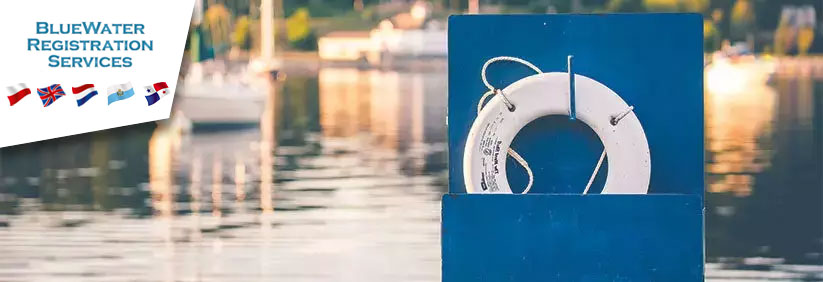
Different types of life jackets
For different types of weather conditions, there are different types of life jackets. A term that is commonly used for life jackets or other floating devices is a PFD (Personal Floating Device), there are 5 different types of personal floating devices. There are:
- Offshore life jackets
- Near-shore vests
- Flotation aids
- Throwable devices
- Special-use devices
There are also 4 different types of life jackets, each for different types of boating activities. The different types of life jackets are:
- Type 1: These life jackets are foam only and mostly just commercial
- Type 2: Foam and inflatable, this life jacket will keep you face up when you lose consciousness
- Type 3: Foam and inflatable, this life jacket is a swimmer assisted life jacket, so it’s not designed to keep you faced up when you lose consciousness
- Type 4: Inflatable, this is a manual life jacket that must be worn to count.
Whatever type of life jacket you choose to wear, always make sure to read the label before using or purchasing it.
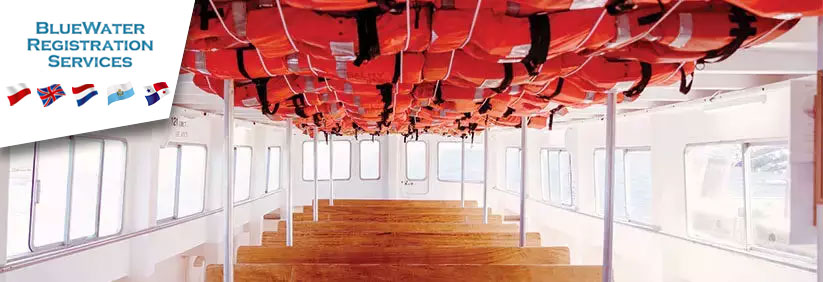
What do I need to know before purchasing a life jacket?
There are a few things to remember when purchasing a life jacket. For example, a type 2 life jacket is the most commonly recommended life jacket, though they are very bulky, a type 2 life jacket is in most cases the safest option. And before you buy a life jacket, always check the label. When making a purchase, it is also important to keep these factors in mind:
- Choose a life jacket based on chest size for adults and weight for children
- Loosen all straps, put it on and secure closure
- Tighten all straps starting with the waistband, and work up to the shoulder straps
- Pull the jacket up from the shoulder straps, if the life jacket pulls up around the head, the life jacket is too big for you.
- Try some moves to ensure full range of motion
- Make sure the life jacket isn’t too loose, it will not provide proper protection that way
In case you are buying a second-hand life jacket, it must be in a serviceable condition. You can test this by floating in the water, the life jacket should not rise up over your shoulders. If it does, it may mean that the foam inside has lost its buoyancy, and you should look for another life jacket.
About BlueWater Registration Services
Please note that we are an experienced boat registration company with a service record of more than 10 years. We serve customers from all over the world. If you have any doubts, please read the feedback that we have been given by our satisfied customers. BlueWater Registration Services is a company that offers a wide range of services to its clients concerning boat registration. Take a look at different yacht registrations or AIS & MMSI Service. Our main business is yacht registration and nothing else. Feel free to get in contact with us. Our service staff is happy to help you with any questions.
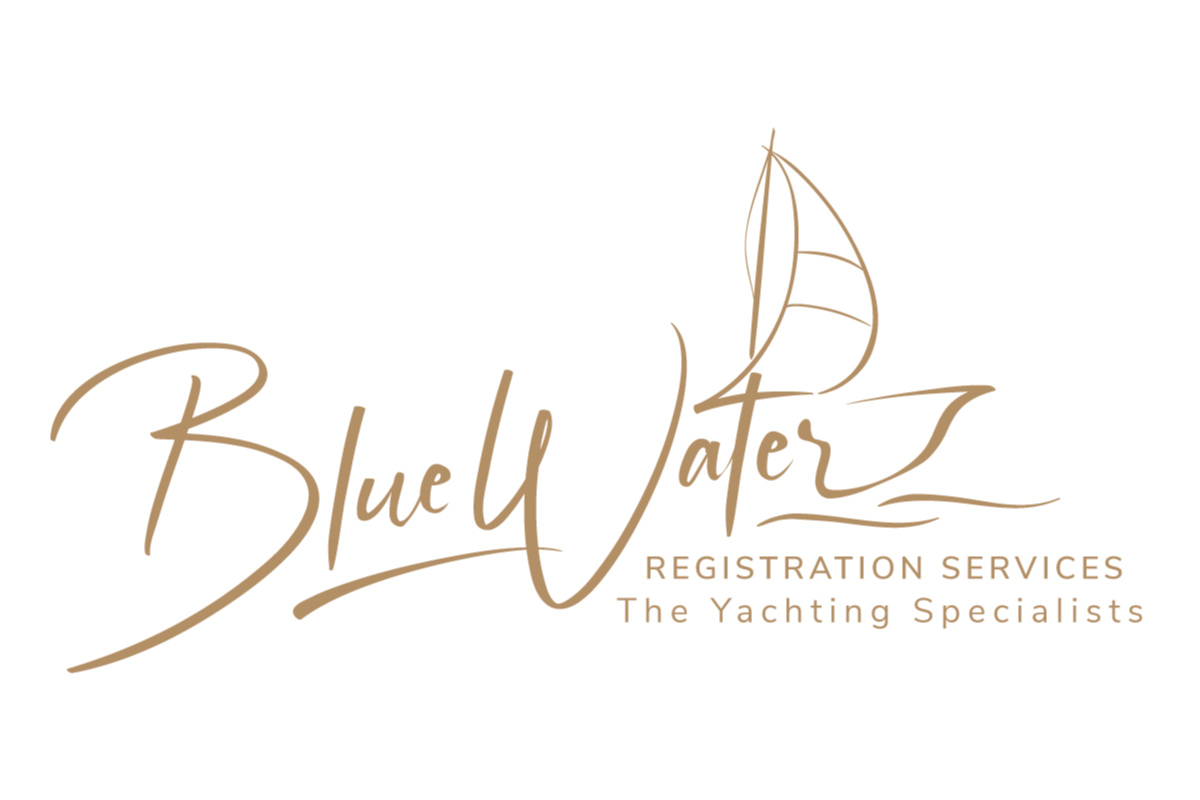



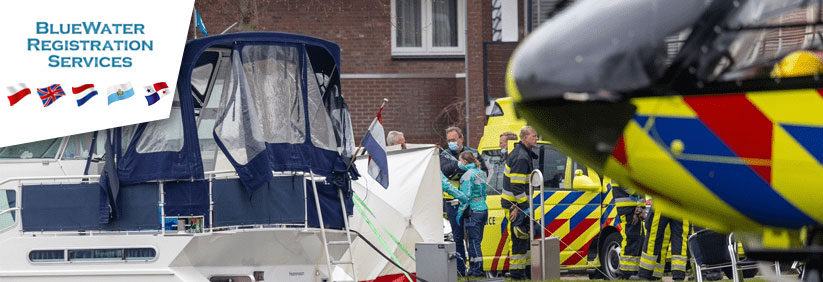
Leave a Reply